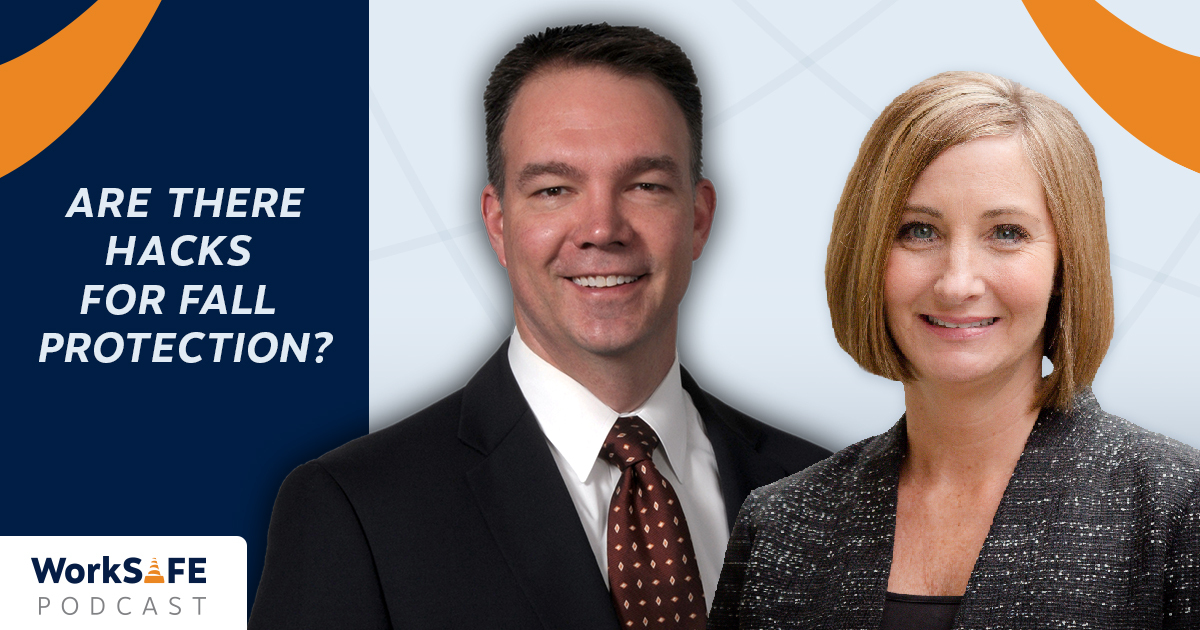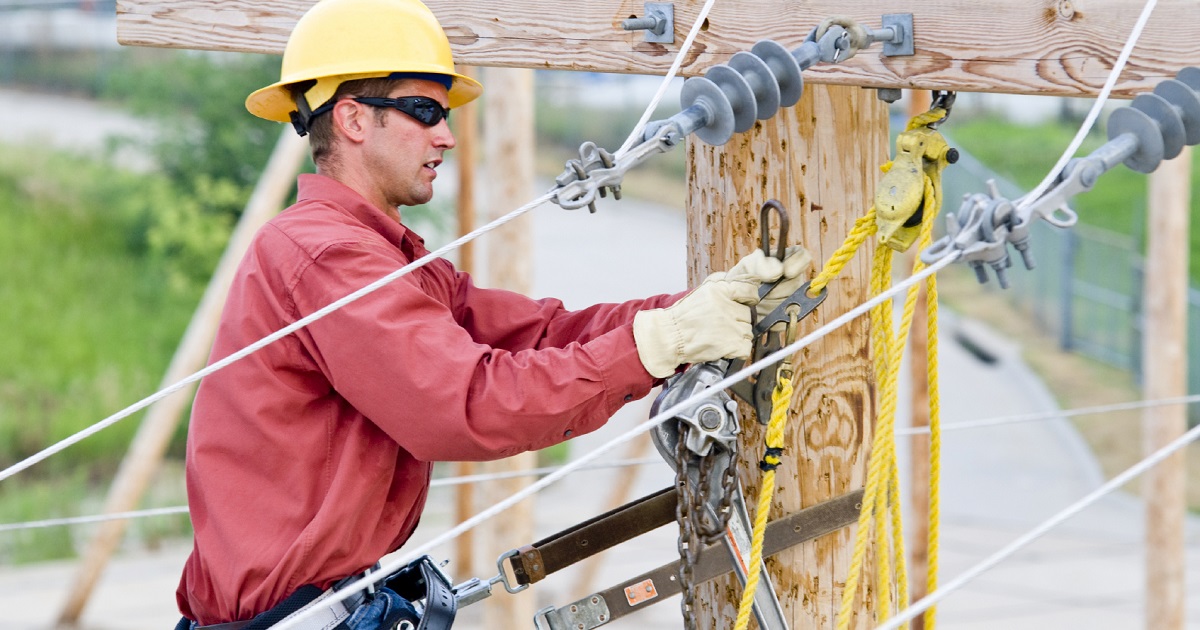For Media Inquiries
Contact Revee White, Director of Marketing and Communications at rwhite1@mem-ins.com or 573.499.4190.
Falls from heights are one of the leading causes of death in the workplace. One wrong step on a roof or elevated surface can change a worker’s life. Further, it can deeply affect their family’s lives forever. Working without the right fall protection systems means risking permanent disability or death. If falls have such serious consequences, then why are so many businesses and employees willing to accept fall risks?
On this episode of the WorkSAFE Podcast, we are joined by Thomas Kramer of LJB, Inc. He is a safety consultant and engineer with 24 years of experience. Kramer helps assess and design fall protection systems. In addition, he serves as the president of the International Society for Fall Protection.

First, we’ll talk about important things to consider before letting an employee in the harness. Then, we’ll discuss why current regulations aren’t enough. Finally, we’ll share how employers can start talking about fall protection.
Listen to this episode on the WorkSAFE Podcast, or read the show notes below.
Finding one more person to help
Kramer invests a lot of time in keeping people safe when working at heights. But that wasn’t always the case. “The passion didn’t start immediately; I have to admit,” he began. When he joined LJB as an engineer, they were working on fall protection systems. Kramer didn’t know much about them, or what they meant for workers. However, one day, he got some important insight.
A worker on the job had fallen. He was 20 feet from the ground. His fall sent him tumbling head-first towards a concrete slab. An incident like this could result in serious injury, or even death. However, his fall protection system had saved him. He was caught by the lines, and didn’t hit the ground. Kramer understood that although the man was just one person, that was one life that had been saved.
“My goal since then has just been to find one more person,” he added. He seeks out opportunities every day to find one more person to help.
Fall protection: First steps for employers
To some employers, fall protection can seem overwhelming. Employees need to be safe while working at heights. For Kramer, it’s important to get fall protection right from the start. He encourages employers to start with personal protective equipment (PPE).
Harness fittings
Harness fittings are a vital part of fall protection. They are also they most personal part. Many employers just give their an employees any harness they have around. But a harness must fit right to work right. It can save an employee in case of a fall. Further, wearing it incorrectly could cause injury.
Kramer recommends a proper and professional harness fitting for each employee. This includes practicing a suspension. Too many employees have never tested their harness before getting to work. Is it comfortable? Too tight, or too loose? Take the time to figure this out before suspending a member of your team. Even a few inches off the ground can help test the fit. Your harness manufacturer can also assist with these practice scenarios. Contact them about doing a practice drop or suspension.
Equipment
There are thousands of pieces of fall protection equipment available. How do employers know what to buy? Kramer suggests using the following criteria to decide if something is right for your team:
- Use. How do you use this piece of equipment?
- Limitations. Could this piece of equipment cause injury? How?
- Restrictions. Even if you set rules for using this equipment, are there still potential hazards?
Take your time looking at equipment. Decide if something is right for your team before making a purchase.
Medical clearance
Any employee you plan to suspend should be medically cleared first. If your industry requires working at heights often, then consider testing new hires to make sure they are fit for the job. “There’s a lot of factors you just can’t see by looking at someone,” Kramer explained. What medical barriers do they have? Are there any preexisting conditions? These can include cardiovascular, circulatory, and weight issues. “We want to know that before the person is suspended and not after.”
Kramer advises that the OSHA medical evaluation is a great place to start. It asks about critical health symptoms and red flags. It also checks if an employee is fit enough to wear a respirator.
Even if an employee is physically fit, it is important to know their limitations. The human body is affected by being suspended in the air. In a rescue situation, time is a key factor. “Obviously we want to do the rescue as quickly as possible, but once that person is suspended we have limited time to react.” The healthier an employee is, the more time you might have to rescue them.

Fall protection: Why regulations aren’t enough
The first fall protection regulations were made in the early 1900s.The regulations set by OSHA are familiar to most of today’s employers. However, Kramer sees these as minimum requirements. Regulations have increased, and more and more safety equipment is available. But despite this, fall fatalities have also gone up too. For him, there is so much more that could and should be done for fall protection.
Fall protection regulations don’t change often. As a result, Kramer suggests using standards set by the American National Standards Institute (ANSI). ANSI standards are updated more often. They are also available to anyone.
Talk to your employees about fall protection
If you want to better serve your employees’ safety needs, then you need to get to know them. What do they know about fall protection? Where did they learn it from? Asking these questions can help you learn how falls occur – and how an employee’s answers might put them at risk. Kramer recommends starting a conversation with these two easy questions:
- How do you clean your gutters?
- How do you put up your holiday lights?
These two questions involve working at heights off the job. Most employees learn their skills from a loved one. Kramer finds that most people have one of three answers. One, they keep their feet on the ground at all times. Two, they use a ladder. Three, they work directly on the roof. Each answer presents more risk. Employees may have learned these skills years ago. It’s important for employers to set new safety expectations – and provide employees with the help they need.
For free safety posters, sample policies, and safety toolkits, visit our Resource Library. Then, tune in this WorkSAFE Podcast episode to learn all about putting safety first by choosing ladders as a last option for working at heights.